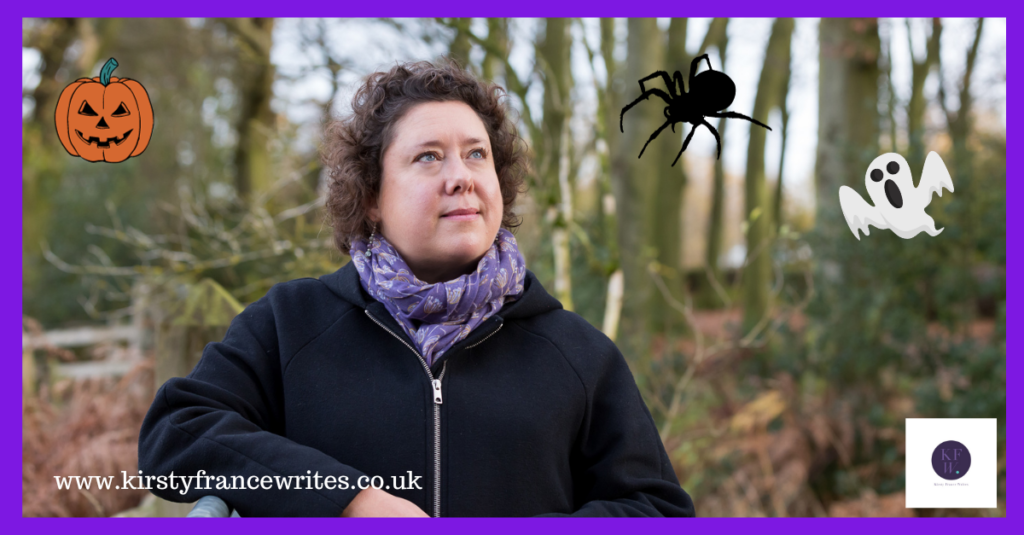You’re an expert at what you do, so it might be hard to remember when you were a beginner. However, when new people see your content, a few of them will probably be completely new to the kind of work you do. It’s worth thinking about ways to talk to them, so ask yourself: what do beginners need to know about what you do?
What knowledge helps people work with you?
Does your business help beginners, or is there an entry point that makes your working relationship easier? For example, selling a product is often quicker and easier if your customers know exactly what they need.
I don’t do marketing strategy, so I love it when people come to me with plans or already know their customers well. I can help with topics, but they’ve done the groundwork and know what they want their marketing to achieve.
What information can you share?
If your business offers training, your content can share your knowledge and give your customers a taste of the training they’ll receive. Even if you don’t train people, your marketing can educate them about what will help them work with you. For example, I talk about ways to get to know your ideal customer even though it’s not part of my core service.
Sharing the basics in a short guide or quick tips can also give your audience the confidence to contact you without worrying they’ll sound stupid or ask silly questions.
Use lead magnets
Lead magnets encourage people to sign up for your email list and can work in the same way as the rest of your content. A lead magnet doesn’t have to be complicated; the shorter, the better. The idea is to offer your audience valuable information that gives them a quick win when they put it into practice.
Creating a lead magnet that helps beginners who may want to work with you also means you only spend time emailing people who could be genuine customers.
Create products
You don’t always have to give information away for free. You can offer products even if you offer a one-to-one service like I do. For example, if you have a craft business, you might write about different craft techniques, equipment and how to get started. You can also create a beginner’s kit with a simple project, materials, and instructions that help customers learn and build confidence.
My version of this is in my eBooks, which include ideas for your content marketing and your Christmas posts.
Team up with other businesses
This is one of my favourite ways to work. Collaborating with businesses related to yours but that don’t offer the same service helps you reach a wider audience. You can share guest blogs on each other’s websites and social media feeds, organise joint events, or refer your clients to each other.
This approach can make your clients’ lives easier. If you’re a wedding photographer with a network of other wedding professionals, recommending people can save your clients time and stress. I work with marketing consultants and trainers, graphic designers, and web designers so our clients don’t have to build a whole team from scratch when they start a new project.
If you have a plan but lack the time or energy to turn it into new marketing content, I can help. I’ll write blogs, posts, emails, and whatever else you need to engage your audience. Head to my shop for eBooks with marketing inspiration. If you’d like to chat about how it works, you can book a call here.









